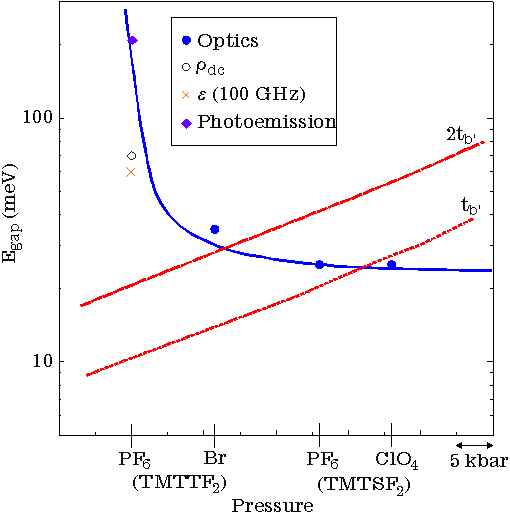Dimensionality driven insulator-metal transition in the (TMTTF)2X - (TMTSF)2X salts

The behaviour of interacting electrons in reduced dimensions has attracted substantial recent interest. This is due to the recognition that a strictly one dimensional (1D) interacting electron gas can not be described by Fermi liquid (FL) theory, the framework which has been the cornerstone of the theory of interacting electrons in metals in the last half Century. In 1D the state predicted by theory is called Luttinger liquid (LL) with features such as spin-charge separation and non-Fermi character of the low lying excitations. It has also been suggested that for a small single electron transfer integral between the chains of interacting electrons a new state of matter may emerge where the low lying charge excitations are confined to the chains and single electron transfer between chains is not possible but pair tunnelling may occur. Additional interesting effects arise in the charge excitation spectrum, when the lattice periodicity is involved. This also may have dramatic influence on the interchain electron transfer and on confinement. The isostructural linear chain conductors, based on the organic molecules (TMTTF) and (TMTSF), with various counter-ions X (X = PF6, AsF6, ClO4 and Br) have been the subject of intensive studies recently, to a large extent because of novel concepts mentioned above. We are presently performing a systematic optical study on the TMTTF and TMTSF Bechgaard salts family in order to map the rather complex phase diagram. We are studying therefore the (confinement-deconfinement) crossover between the insulating state in TMTTF and the conducting state in TMTSF. Such a crossover (Fig. 3.1) takes place when the unrenormalized transfer integral (tb) perpendicular to the chains exceeds the correlation gap (i.e., tb increases upon application of pressure or by changing the planar molecule TMTTF with TMTSF).